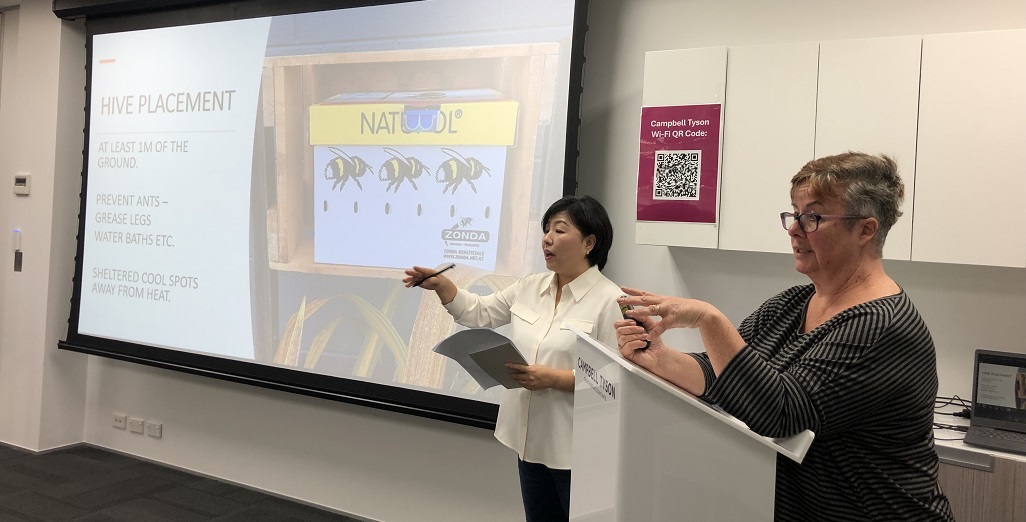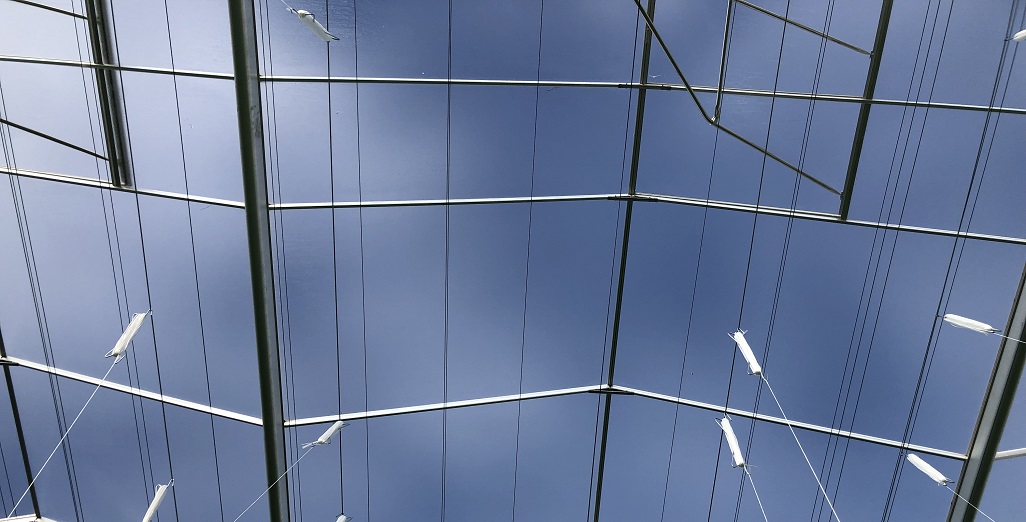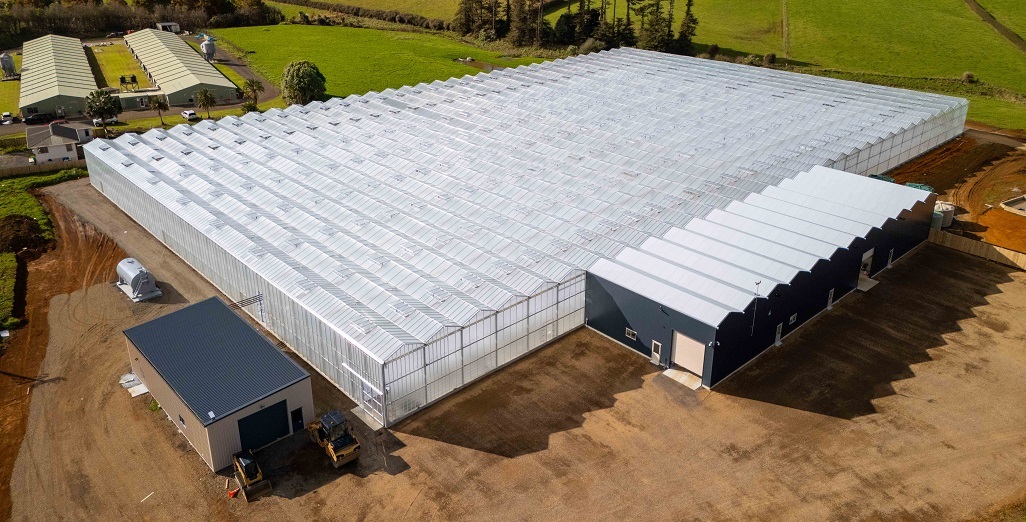Sign up here to subscribe to the Grower2grower Ezine. Every two weeks you will receive new articles, specific to the protected cropping industry, informing you of industry news and events straight to your inbox.
Mar 2020
Year-round asparagus production

By Mike Nichols
Some 10 years ago I carried out a small experiment to grow out of season asparagus in a greenhouse (Nichols, 2009)) at Massey University. I found that if the plants were grown in coir in boxes and were supplied with adequate nutrients and water via a hydroponic system, then some 15 months after sowing the seed I could be harvesting asparagus spears for sale.
It is clear that outside the normal harvest season (September-December) for asparagus in New Zealand that the price per kg doubles. I also produced white asparagus at the same time by covering the boxes (during the harvest season) with plastic panda film, which stopped any light getting to the spears. White asparagus (in season) is double the price of green asparagus, and (presumably) this price would probably double again if grown out of season.
Fern growth stage of tunnel grown asparagus (early-July in UK)
My thinking at that time was to grow the asparagus in bins in old greenhouses during the summer months, and then when the fern growth slowed down in the autumn transfer the bins into a cool store to grow the spears for harvest. Spears are, of course, produced from buds on the crown, which uses the stored food in the thick roots to grow into spears. Cool stores are (of course) essentially well insulated rooms, so they could be heated (at minimum expense even in mid-winter) for the spears to grow. If white asparagus was required, then the cool store would be kept in the dark, and if green asparagus was required, then only a small amount of light would be required to green the spears. The growth of asparagus spears (and therefor of spear production) is dominated by temperature, so if the market demand is good, then the temperature can be raised (up to 30C), and if demand is weak, then dropped down to 10C.
The idea never really got traction, but in 2016 I persuaded Allan & Dot Bissett (Wee Red Barn, Masterton) to grow some asparagus in bins filled with old coir from their hydroponic strawberry operation. During a visit to UK the next summer Allan saw a very successful operation at New Forest Fruit Company, near Lymington, in which the asparagus was grown permanently in tunnels in 1metre wide beds made from coir about 90 cm high. I visited this property in early July (see photo-showing the fern growth stage), and was most impressed. On my return to New Zealand I visited the Bissett’s to learn that he had been harvesting asparagus from their unheated tunnels since the end of July, and that the quality was fantastic.
Harvest stage of tunnel grown asparagus (early August, New Zealand)
The question really is if you can obtain asparagus from an unheated plastic house in the Wairarapa, how much earlier would it be in Northland?
It would appear to me that the potential of providing New Zealand with asparagus year-round is a real possibility. Certainly, a major constraint to successfully growing asparagus in the “winterless north” has been the rain spread fern disease Stemphyllium but by growing the crop under a rain cover (high tunnel house) this should no longer be a problem.
Coir and hydroponics would appear to be the key to this type of production, and the economics of using fresh coir is certainly not as good as using older coir which has already grown a strawberry crop. However, as the planting might be expected to last for up to 10 years, and harvesting commence after 12 months from planting, with potentially 3 crops every 2 years, and with a market price double the traditional season price, the economics would appear to be promising.
A further advantage (at least for the harvesters) is that the spears are harvested 1 meter above the ground, and under cover. For the consumer the advantages would appear to be a much higher quality product, with much less fibre, due to the young spears not being exposed to strong winds and other deleterious weather factors.
White asparagus is also a possibility, as is the potential of using the sweeter and more tender tetraploid purple asparagus types (eg Pacific Purple), which not only produces thicker spears, but also less fibre. These tetraploid types are more susceptible to wind damage at the fern growth stage and by growing them in tunnels should reduce such damage.
The green variety used by the Bissett’s (and by me) was Pacific 2000 but there are some earlier varieties available in USA which might well ensure that locally grown fresh asparagus is available ln New Zealand year-round!!
By reducing (or possibly even eliminating) the importation of out of season asparagus would reduce the biosecurity risk of bringing in asparagus rust etc.
Pacific Purple-a thick speared (sweet and fibre free) tetraploid asparagus.
Cover photo also of harvest stage of tunnel grown asparagus (early August, New Zealand)
Reference
Nichols, M A (2009) “Year-round asparagus production”. NZ Grower 64(10), 42-44
Please feel free to comment on the grower2grower Facebook page:
https://www.facebook.com/StefanGrower2grower/
CLASSIFIED
Subscribe to our E-Zine
More
From This Category

Tomato grower applies Tobre after contamination

KWS inaugurates new R&D facility in Uberlândia, Brazil

John van Santen joins the management of Metazet

Workshop for Auckland’s Korean tomato growers held last week

Could the Global Boom in Greenhouses Help Cool the Planet?

























